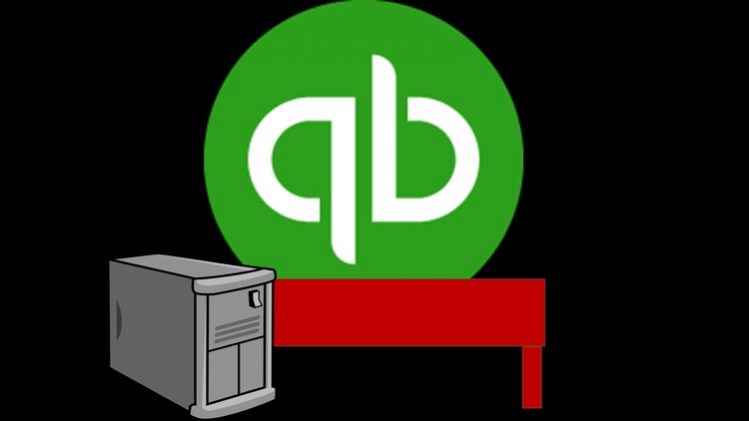
How to enter data related for a full accounting cycle in to QuickBooks Desktop
Basics to advanced topics – Comprehensive course is a great tool for beginners, advanced users or to use as a reference tool to fall back on
Learn how to navigate through QuickBooks
Understand accounting cycles related to revenue, purchases, and payroll
Learn by working an example problem setting up a new company and entering two month of data input
Be able to backup files and restore backup data files. Backup data files will be provided that can also be used to jump forward in the example problem or to rework components of it
Learn data input relate to invoices, bills, checks, deposits, purchase orders. . .
Understand much more then data input as a CPA demonstrates how QuickBooks uses the data to construct reports
Generate reports, read reports, format reports, and export reports to Excel
Learn to enter bank reconciliation by using practice bank statements, a format of learning not often provided but very useful
Create budgets in QuickBooks
Understand how bank feeds are set up and how the work
Learn both accounting terminology and Quickbooks terminology so we can communicate with QuickBooks users and accountants who do not use QuickBooks
Enter period end adjusting entries into QuickBooks
This is a comprehensive course covering QuickBooks Desktop 2022, 2021, & 2020.
This course is designed to meet the needs of both complete beginners and advanced users of QuickBooks Desktop.
You can choose to either complete this course from start to finish or jump to the course areas that meet your particular needs.
Purchasing this course is more of a long-term investment than spending money on most instructional material related to computer software, partly because it is comprehensive, and will continue to meet your needs as you grow in knowledge, and because we plan on continually updating the course so that it remains relevant even as QuickBooks Desktop changes over time.
Computer applications like QuickBooks Desktop change their appearance often, making a static course that does not change over time obsolete quickly. We plan on updating this course so that you can continue to use it as a reference even as QuickBooks Desktop evolves its software. We hope this course will be a useful, up-to-date tool you can use, at no added cost, for many years into the future.
People often have this first question when considering a QuickBooks Desktop course: How do I access the software?
Below are a few options to access QuickBooks Desktop. We will go over each option in more detail in the course.
- QuickBooks often offers a free 30-day trial, perfect to practice with
- They also often offer a student version, which may provide more extended access to the software, and this would be great considering we will be covering a comprehensive problem.
The first part of the course will discuss how to access QuickBooks Desktop, the accounting software options QuickBooks offers, and set up our QuickBooks file.
We will then practice navigating the accounting software, the free QuickBooks Sample file being our primary tool. When first learning QuickBooks, it is best to start with a file that already has data, attempting to deconstruct the data input done in the past, a method similar to an employee starting a new job.
In other words, when starting a new job, we work with an existing data file rather than setting up a new one. We then attempt to see what has been done in the past so the process can be replicated in future transactions, maintaining consistency.
In the second half of the course, we will create a new company file.
After learning how to deconstruct past financial transactions in the accounting system in the first half of the course, we are ready to build the QuickBooks Desktop data input from the ground up.
The comprehensive problem in the second half of the course will cover setting up a new company file, setting the preferences, adding beginning balances, entering two months of data input, completing bank reconciliations, entering adjusting entries, and budgeting.
We will then have a course section explicitly devoted to bank feeds. We will discuss how bank feeds will fit into different accounting systems, the application of the bank feeds tool differing as company needs differ. For example, the use of bank feeds will vary for a company that uses a cash-based method and a company that uses an accrual method.
The course will cover the use of bank feed rules and how they are used to automate more of the accounting system.
We will then have sections of the course that focus on more specialized areas.



